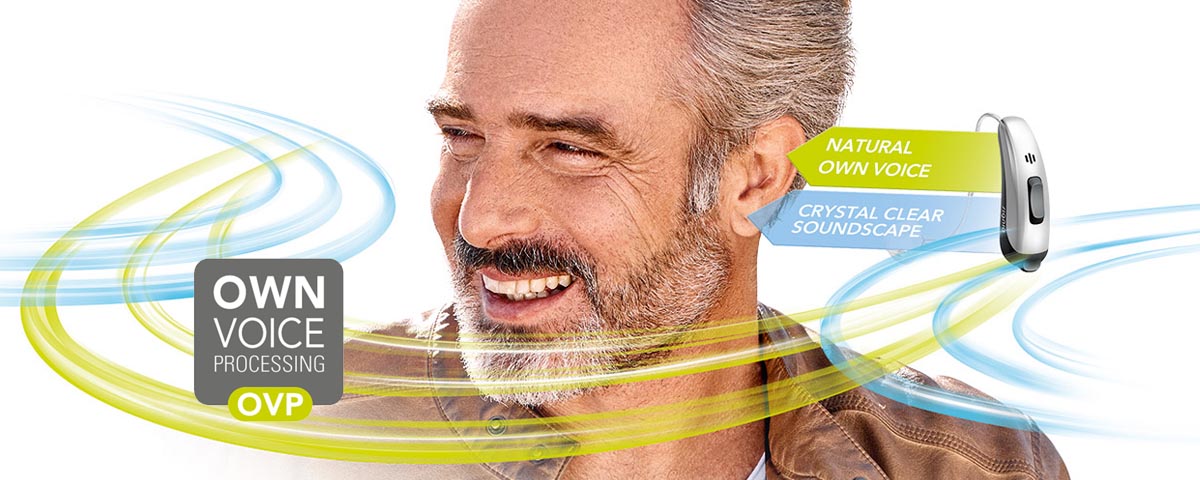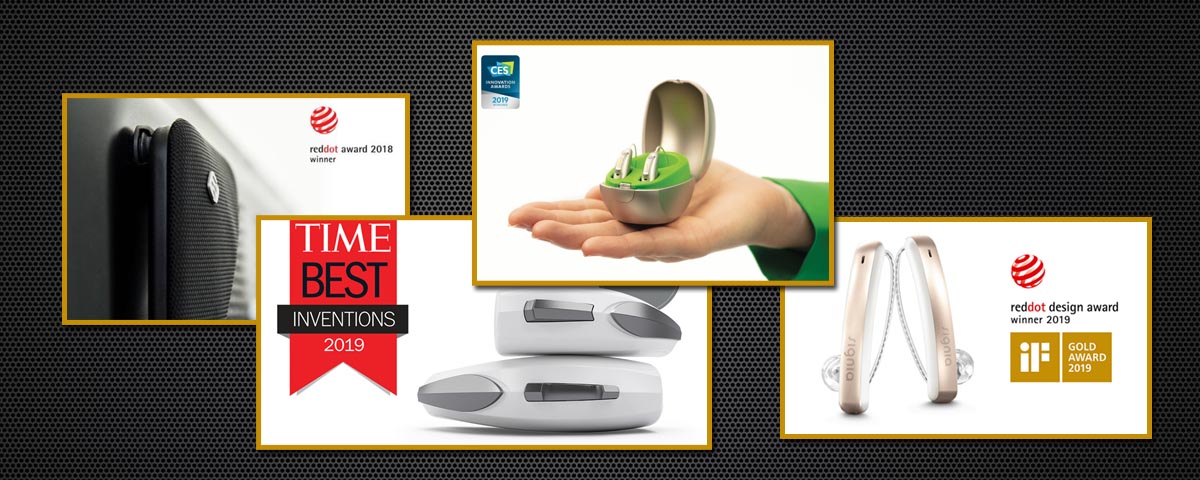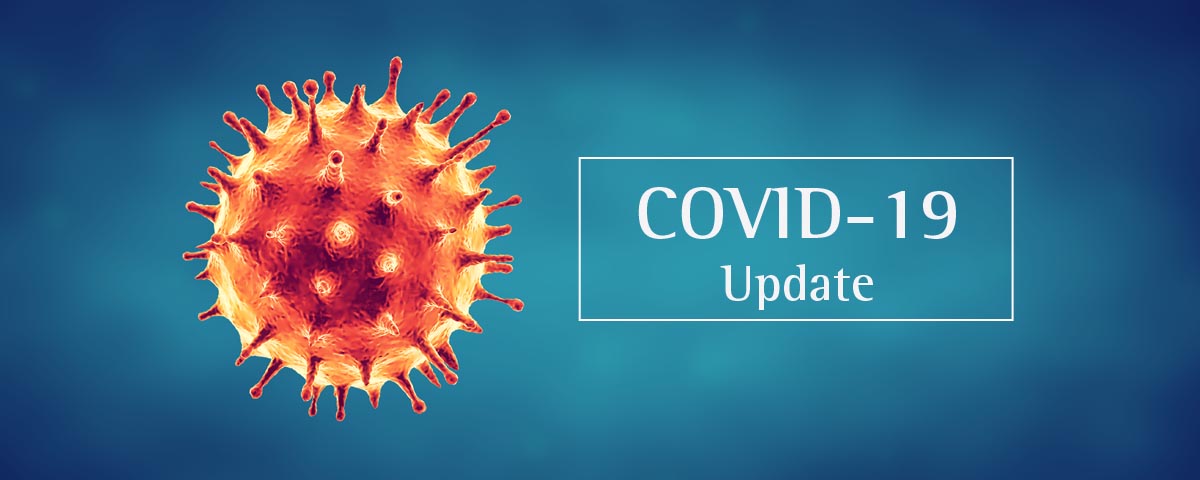That’s Not My Voice!
Dissatisfaction with your own voice quality is one of the most common complaints for new hearing aid users. Hearing aid user’s voice can often be overbearingly loud and unnatural when first wearing a hearing aid. Hearing aids are made to amplify the sounds surrounding us. Most importantly, they focus on very specific set of sounds in our environment, speech. Speech sounds have largely been studied over the years. The design of a long term average speech spectrum (LTASS) helps hearing aid manufacturers focus amplification on the frequencies surrounding consonants and vowels.
Traditional hearing aids play their part in amplifying speech. However, do they have the ability to differentiate between our own voice from the voices of those speaking to us? Because of the proximity of our mouth to the hearing aids, our own voice can often be captured and over-amplified. This problem can cause severe dissatisfaction for hearing aid users. As a result, this may lead to many hearing aid follow ups and possibly even rejection. Researchers continue to study this problem. A recent study showed that 60% of hearing aid users are dissatisfied with their voice after two years of wearing their hearing aids!
A common solution used to solve this problem was to fit open dome hearing aids. Open dome hearing aids can allow our real voice to enter the ear canal which can soothe the problem. In contrast, using an open dome can have a negative impact on a hearing aid’s ability to reduce noise.
What is Own Voice Processing?
Signia’s Own Voice Processing (OVP) system is a unique feature. OVP’s ability to analyse captured sounds, isolate and attenuate our own voice provides clients with higher rates of acceptance. More precisely, both hearing aids compare their sounds to reduce the amplification of high frequency sounds while you are talking. Reducing high frequency sounds is a key element since speech registers more in the higher frequencies. During intital fitting, OVP only takes mere seconds to listen and identify your own voice. From this moment on the hearing aids have learned to detect your voice and reduce its volume.
You might be wondering what happens if someone is speaking at the same time as you, will you be able to hear them? OVP’s rapid detection and processing will ensure that only your own voice is attenuated, while maintaining the desired amplification of all speakers. During a clinical trial led by Signia they found that up to 86% of their participants showed hearing aid satisfaction toward their own voice. Signia compared their product against two other manufactures with similar features. Most noteworthy, clients found greater satisfaction using Signia’s OVP than with both competitors hearing aids across a variety of hearing aid fittings.
Schedule an appointment
If you find yourself unsatisfied with the quality of your own voice, contact our team of hearing healthcare providers to discuss own-voice quality and your hearing aids.
Article in reference http://www.hearingreview.com/2018/01/clinical-study-shows-significant-benefit-voice-processing/







